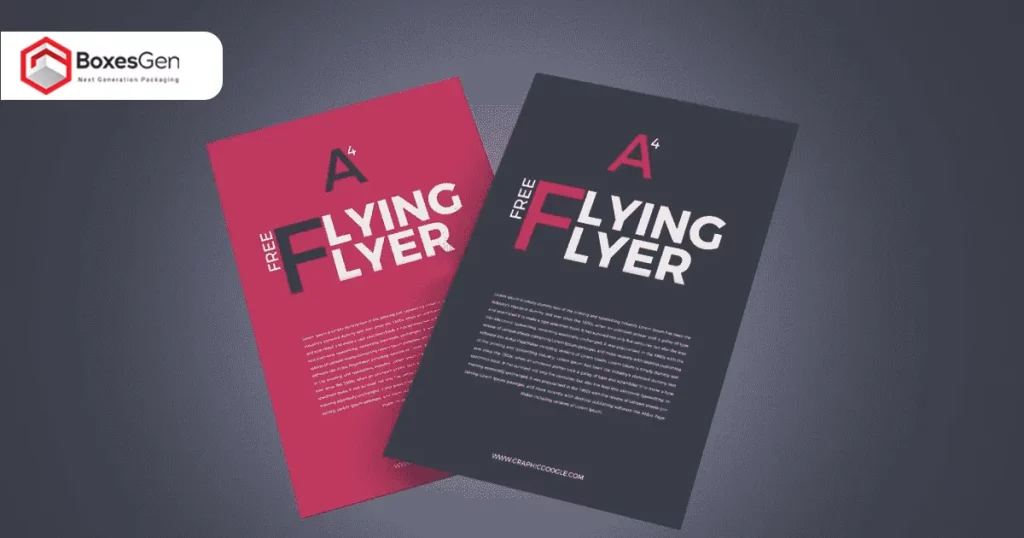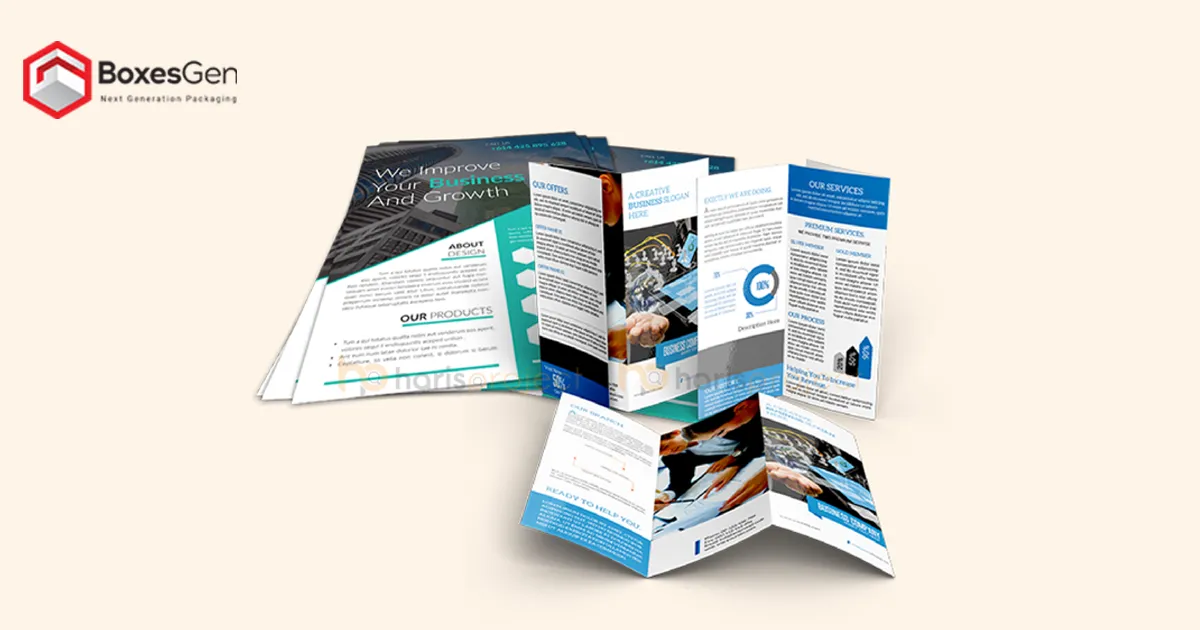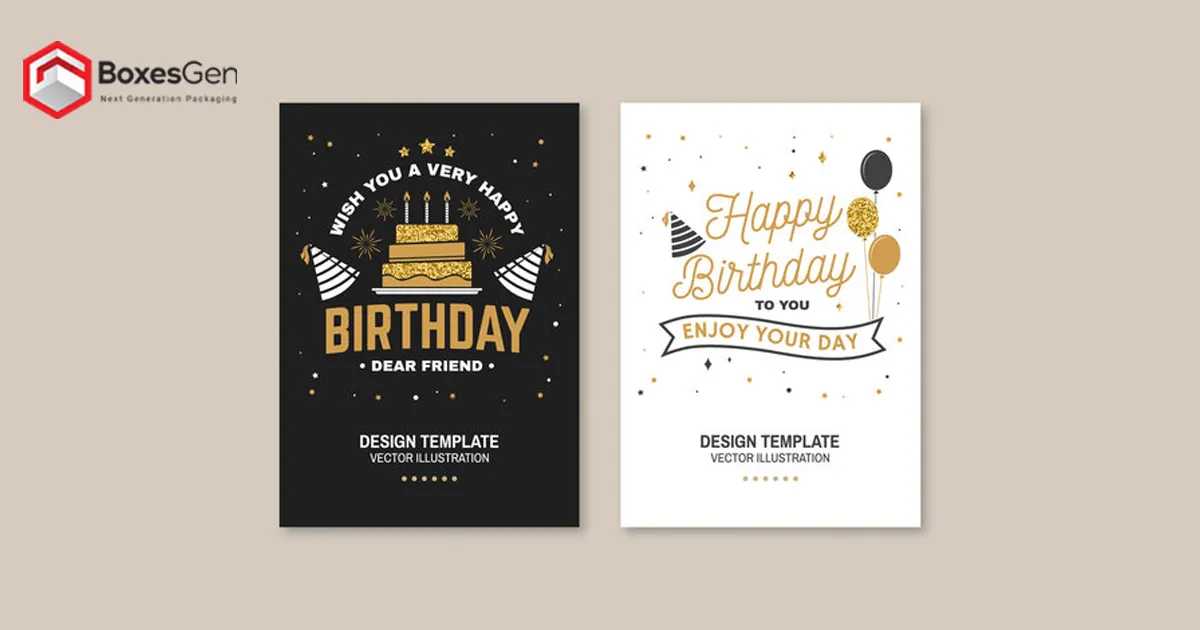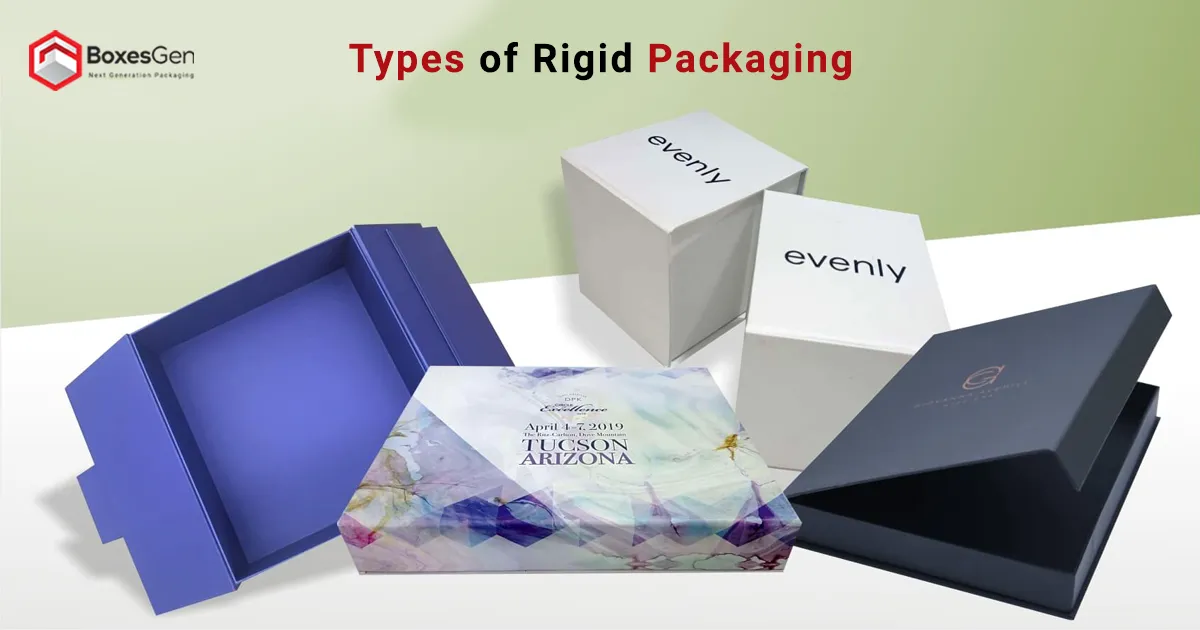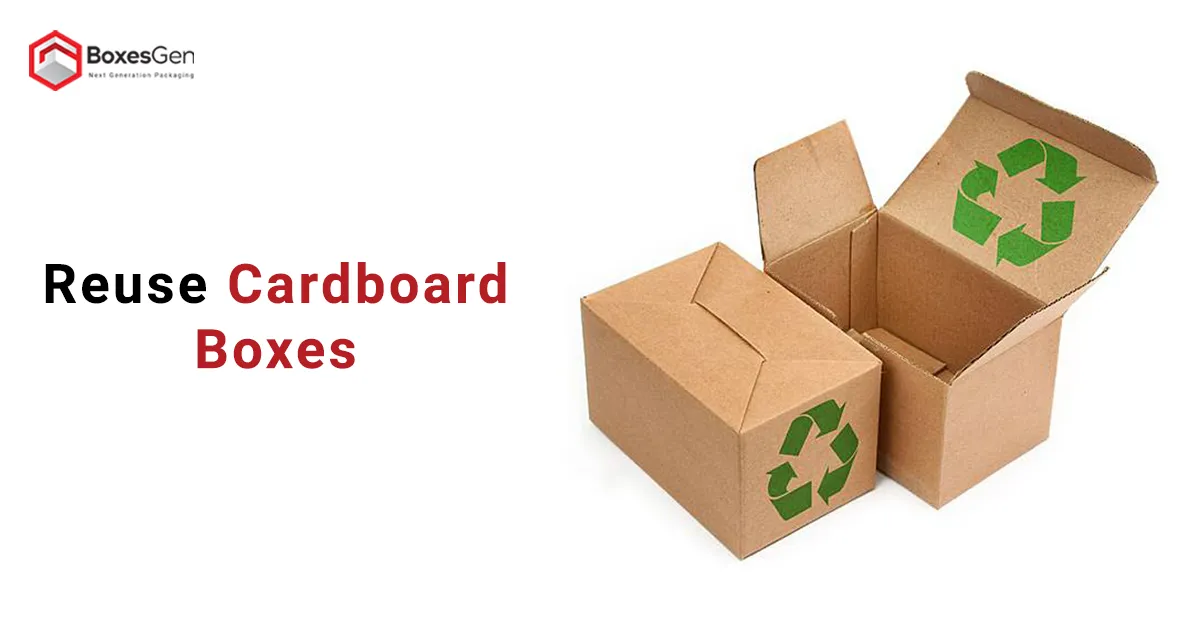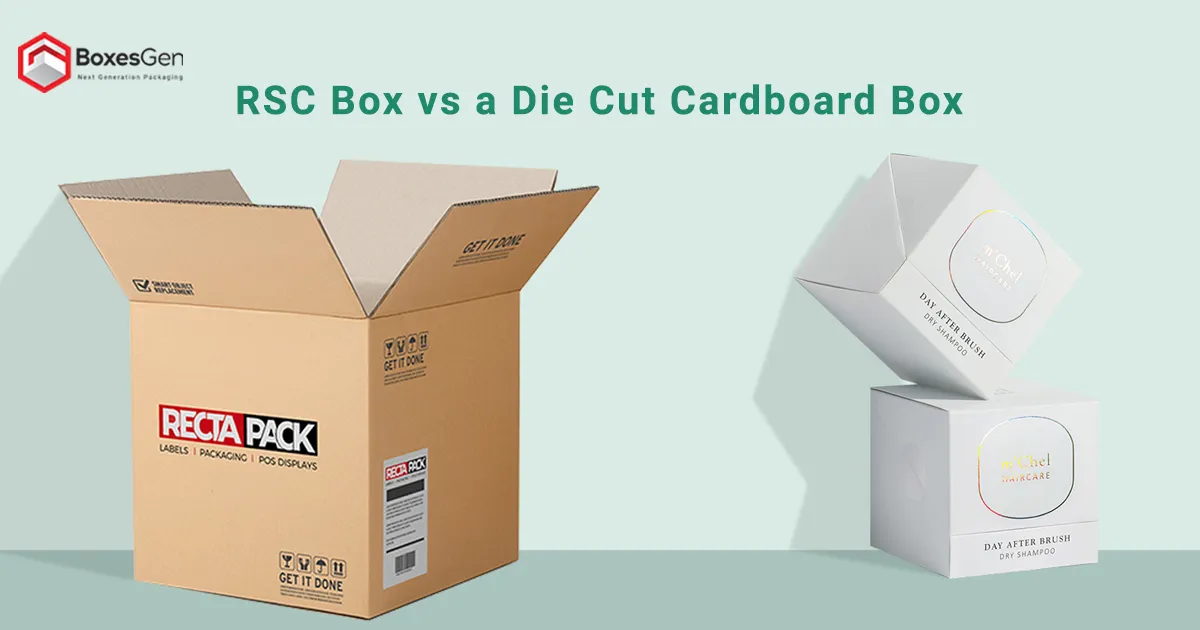What Are the Types of Flyers?
Flyers are like versatile messengers in the world of advertising. They are not just pieces of paper anymore; they have evolved into powerful tools with many uses. Whether promoting a business, spreading the word about an event, or celebrating birthdays, flyers come in various types to match different goals. This article will explore the different kinds of flyers and their standard sizes. By understanding what makes each type unique, people like marketers, organizers, and enthusiasts can create engaging flyers that capture their audience’s attention. Let’s dive into the world of flyer design and see how these small yet impactful pieces of paper can make a lasting impression on the people who see them.
What is a Flyer?
A flyer is a single-page promotional document designed to convey information quickly and concisely. It typically includes eye-catching visuals, compelling text, and contact details to grab the audience’s attention and encourage them to take a specific action.
Types of Flyers
1. Business Flyers
Business flyers are designed to promote products, services, or events related to a company. They emphasize professionalism, incorporating the business’s brand elements, contact information, and a compelling call to action. The goal is to convey a polished image that attracts potential clients or customers. Common dimensions include;
- 8.5 x 11 inches (21.59 x 27.94 cm or 215.9 x 279.4 mm)
- 5.5 x 8.5 inches (13.97 x 21.59 cm or 139.7 x 215.9 mm)
2. Event Flyers
Event flyers are tailored for specific occasions, such as concerts, conferences, or festivals. They emphasize visual appeal, showcasing details like date, time, venue, and featured elements. Event flyers aim to create excitement and encourage attendance through vibrant design and engaging content. Common sizes include;
- 8.5 x 11 inches (21.59 x 27.94 cm) or (215.9 x 279.4 mm)
- 5.5 x 8.5 inches (13.97 x 21.59 cm) or (139.7 x 215.9 mm)
3. Party Flyers
Party flyers are all about conveying the energy and atmosphere of a celebration. They captivate the audience by using bold colors, dynamic fonts, and lively images. Details like date, time, venue, and themes are prominently featured to entice individuals to join the festivities. Typical dimensions range from
- 4 x 6 inches (10.16 x 15.24 cm) or (101.6 x 152.4 mm)
- 8.5 x 11 inches (21.59 x 27.94 cm) or (215.9 x 279.4 mm)
4. Digital Flyers
Digital flyers are crafted for online platforms, incorporating design elements optimized for screens. These flyers often include hyperlinks to direct users to additional information or action points. They leverage the digital medium to augment interactivity and engagement with the target audience. Dimensions can vary, but common sizes are;
- 1080 x 1920 pixels for social media sharing.
5. Birthday Flyers
Birthday flyers are created for personal celebrations, infusing a festive vibe with vibrant colors and celebratory imagery. Key details such as the birthday person’s name, date, time, and venue are highlighted. Birthday flyers aim to evoke joy and excitement, setting the tone for a memorable celebration. Common dimensions include;
- 4 x 6 inches (10.16 x 15.24 cm) or (101.6 x 152.4 mm)
- 5.5 x 8.5 inches (13.97 x 21.59 cm) or (139.7 x 215.9 mm)
6. Promotional Flyers
Promotional flyers focus on marketing products, services, or special offers. They utilize persuasive visuals and concise text to communicate key selling points. These flyers often include discounts, promotions, or limited-time offers to create a sense of urgency and encourage immediate action from the audience.
- 4 x 6 inches (10.16 x 15.24 cm) or (101.6 x 152.4 mm)
- 5.5 x 8.5 inches (13.97 x 21.59 cm) or (139.7 x 215.9 mm)
- 8.5 x 11 inches (21.59 x 27.94 cm) or (215.9 x 279.4 mm)
7. Informational Flyers
Informational flyers aim to convey detailed information on a particular subject. Whether it’s educational content, community announcements, or informative guides, these flyers prioritize clarity and readability. They often include infographics, charts, or bullet points to present information in a digestible format.
- 8.5 x 11 inches (21.59 x 27.94 cm) or (215.9 x 279.4 mm)
- 5.5 x 8.5 inches (13.97 x 21.59 cm) or (139.7 x 215.9 mm)
- 6 x 9 inches (15.24 x 22.86 cm) or (152.4 x 228.6 mm)
8. Fundraising Flyers
Fundraising flyers are designed to promote charitable events and initiatives. They emphasize the importance of the cause, showcasing impactful visuals and compelling narratives. Donation options, event specifics, and the overall mission are highlighted to encourage community support and participation.
- 4 x 9 inches (10.16 x 22.86 cm) or (101.6 x 228.6 mm)
- 5 x 7 inches (12.7 x 17.78 cm) or (127 x 177.8 mm)
- 8.5 x 11 inches (21.59 x 27.94 cm) or (215.9 x 279.4 mm)
9. Seasonal Flyers
Seasonal flyers align with specific times of the year, such as holidays, festivals, or special occasions. They incorporate seasonal themes, colors, and imagery to resonate with the audience. Seasonal flyers often promote related products, services, or events relevant to a particular time of the year.
- 4.25 x 5.5 inches (10.8 x 13.97 cm) or (108 x 139.7 mm)
- 6 x 11 inches (15.24 x 27.94 cm) or (152.4 x 279.4 mm)
- 8 x 10 inches (20.32 x 25.4 cm) or (203.2 x 254 mm)
10. Campaign Flyers
Campaign flyers are instrumental in political or social advocacy efforts. They focus on conveying a persuasive message, utilizing impactful visuals and concise text to mobilize support for a cause. Campaign flyers often include calls to action, contact information, and ways for individuals to get involved in the movement.
- 5 x 7 inches (12.7 x 17.78 cm) or (127 x 177.8 mm)
- 6 x 9 inches (15.24 x 22.86 cm) or (152.4 x 228.6 mm)
- 9 x 12 inches (22.86 x 30.48 cm) or (228.6 x 304.8 mm)
How to Make a Flyer?
Creating a flyer involves several key steps. Start by defining your objective and target audience. Utilize a flyer maker or choose from pre-designed templates to streamline the process. Pay attention to Flyer Dimensions, ensuring they align with your intended distribution method, and use Perforated Paper for Printing to facilitate tear-off sections if needed.
How to Make a Business Flyer?
Designing a business flyer requires a professional touch. Focus on showcasing your brand identity, using high-quality images, and incorporating your logo. Communicate your business’s unique selling points, contact information, and a compelling call-to-action to drive engagement.
How to Make a Digital Flyer?
Creating a digital flyer is essential for online promotion in the digital age. Use graphic design software to craft an eye-catching layout. Ensure your digital flyer is optimized for various platforms and devices. Include hyperlinks to direct users to your website or social media pages for additional information.
How to Make a Birthday Flyer?
Designing a birthday flyer involves injecting a festive and celebratory vibe. Use vibrant colors, fun fonts, and engaging visuals related to the birthday theme. Include essential details such as date, time, venue, and RSVP information to ensure a successful celebration.
How to Make an Event Flyer?
Event flyers should captivate your audience and convey event details effectively. Choose striking visuals and fonts that reflect the event’s tone. Highlight key information, such as date, time, venue, and special guests or activities. Utilize perforated paper for printing to include tear-off sections for event details or RSVPs.
What Size is a Flyer?
Flyer dimensions vary, but common sizes include,
- 8.5 x 11 inches (21.60 x 27.95 cm or 215.10 x 279.5 mm)
- 5.5 x 8.5 inches (13.98 x 21.60 cm or 139.8 x 215.10 mm)
The choice of size depends on your design preferences and distribution channels.
How to Design a Flyer?
Designing an effective flyer involves balancing visuals and text. Use a clear hierarchy, incorporate your brand colors, and choose fonts that are easy to read. Ensure the layout guides the reader’s eye from top to bottom, highlighting crucial information. Experiment with different design elements to create a visually appealing and memorable flyer.
Where to Print Flyers?
Once your flyer design is ready, the next step is printing. Numerous printing services offer high-quality flyer printing. Consider local print shops or online services specializing in Packaging Box Printing or Menu Printing, ensuring they provide the specific options you need for your flyers.
How to Make a Party Flyer?
Party flyers should exude energy and excitement. Incorporate bold colors, dynamic fonts, and lively images that convey the party atmosphere. Clearly state the date, time, venue, and special details or themes. Consider adding QR codes to link directly to additional information or RSVP pages.
How to Add a QR Code to a Flyer?
To add a QR code to a flyer, use a QR code generator tool. Input the desired link or information you want the QR code to represent. Customize the QR code to match your flyer’s design and size. Ensure the QR code is placed prominently on the flyer for easy smartphone scanning.
Conclusion
Flyers remain a powerful and versatile tool for promoting various endeavors. Whether you are a business owner, event organizer, or party enthusiast, understanding the different types of flyers and their design principles is crucial for a successful marketing campaign. Consider the flyer dimensions, use perforated paper for printing if needed, and leverage digital tools to boost your promotional efforts. With the right approach, flyers can be a cost-effective and impactful way to connect with your target audience.

